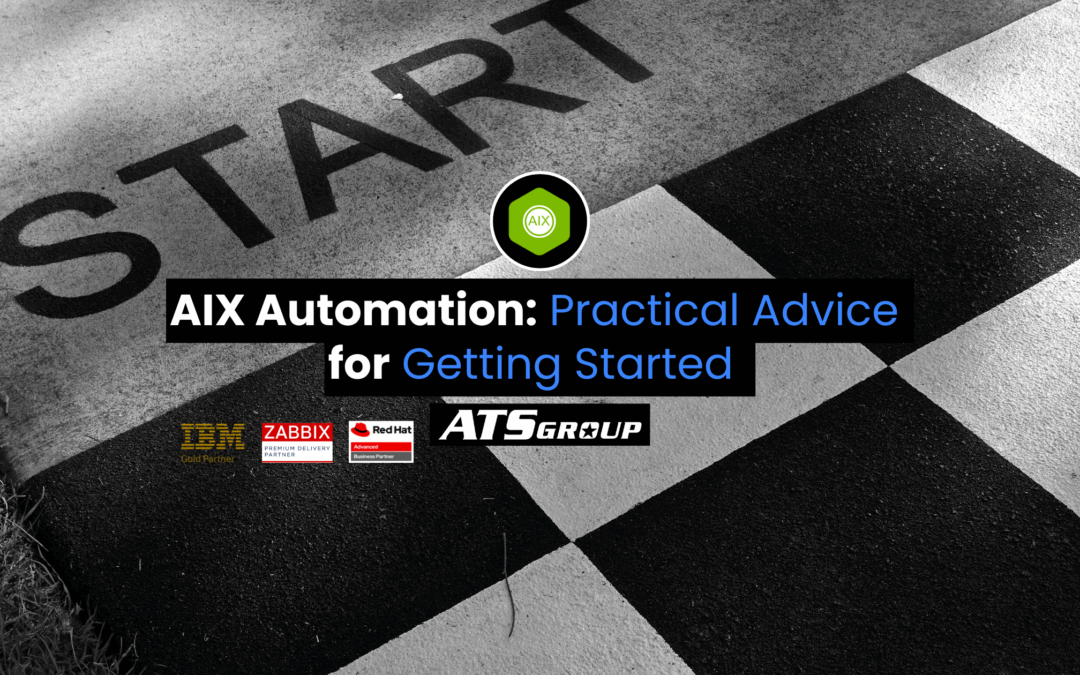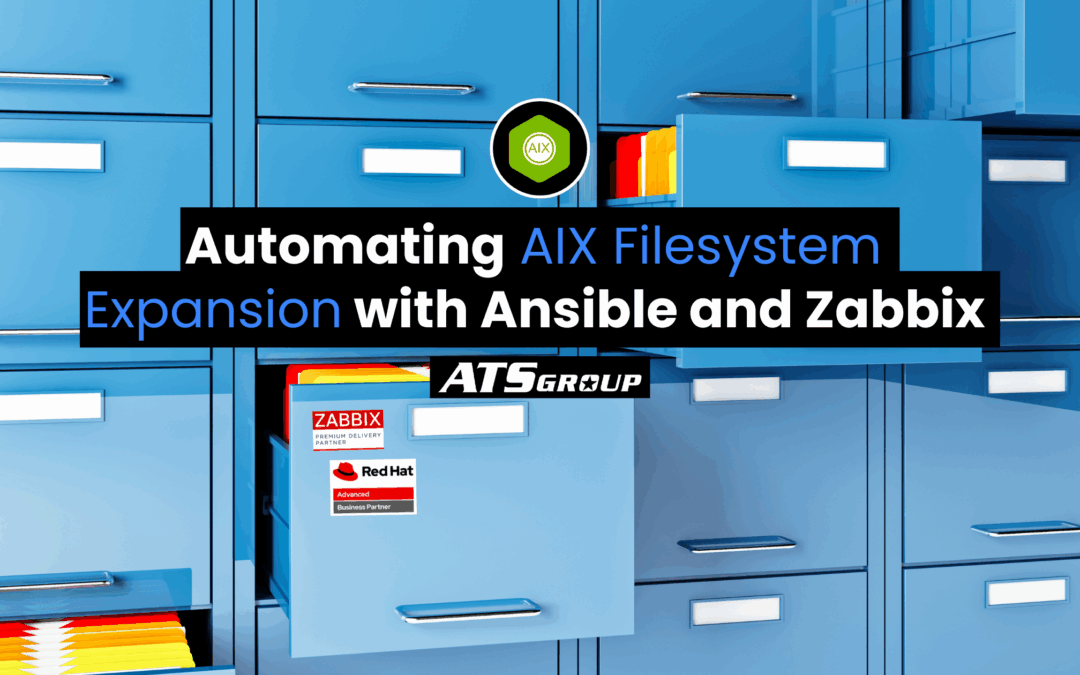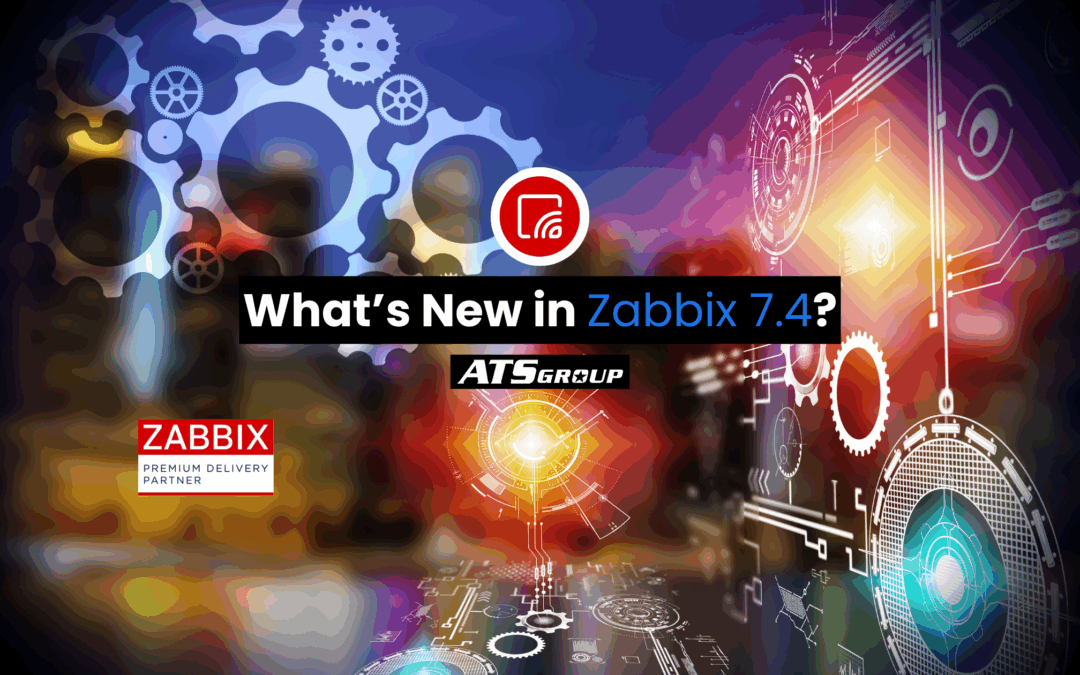Comprehensive infrastructure visibility is always a challenge. The complex nature of an ever-evolving infrastructure means that, when slowdowns or issues occur, trying to pinpoint a root cause can be like feeling in the dark for a light switch. With employees and users relying heavily a handful of key applications to complete critical tasks, these platforms can’t function effectively if the underlying infrastructure systems aren’t operating as they should.
In order to achieve granular visibility necessary for problem determination, performance tuning and capacity management, IT admins turn to infrastructure monitoring systems. The right infrastructure monitoring solution paves the way for proactive maintenance to enable top-notch performance. But with so many available choices on the market, it can be difficult to select the best option for your organization.
Don’t worry, we’re here to help. To identify the infrastructure performance monitoring (IPM) solution that’s right for you, let’s look at some the key criteria for evaluating effectiveness, as well as the top questions you should be asking to ensure optimal deployment and use:
3 must-have capabilities
Wondering what type of IT monitoring solution is right for your organization? Ultimately, selecting the ideal solution is about taking into account the unique needs of your environment. While every system has its idiosyncrasies, there are some generalities across the best solutions that push them above the rest.:
All-inclusive: One of the most challenging issues of some monitoring tools is the fact that they’re essentially one-off solutions that only monitor specific platforms separately from one another. However, systems like servers, databases and storage environments work in tandem to enable complex activities and operations. You must be able to view metrics about the condition and performance of these elements together, within a single dashboard. This includes on-premises systems, as well as cloud-based environments.
User-friendly data visualization: An all-inclusive solution shouldn’t be difficult or cumbersome. A user-friendly interface is streamlined and easy for users to quickly pick up on. This ease-of-use should extend to the user interface itself as well as the ways in which users are able to decipher and leverage data. Intuitive data visualization options are key and offers users critical insights into their most crucial assets at a quick glance. After all, a monitoring tool is only as good as the actionable information it can provide.
Support decision-making: A comprehensive solution supported by a user-friendly interface should also enable key decision-making within your organization. This includes allowing the IT team to prioritize capacity and maintenance through custom performance thresholds, which clearly display what’s really going on within their infrastructure systems. Users must also have the ability to view deep, historical data to identify patterns and peak usage and to forecast future needs.
14 questions to ask
So how do you find a monitoring solution to fit the needs of your business? Finding a robust infrastructure performance monitoring tool that fulfills the above-described criteria isn’t as difficult as you might think. During your selection process, consider each question on this evaluation checklist:
- Does the software monitor the specific server, storage, SAN and application technology from the providers that my company partners with?
- Can the tool monitor the infrastructure systems we have on-premises, as well as in cloud and hybrid environments?
- Is it comprehensive in that users only need to leverage one tool for all-encompassing infrastructure monitoring?
- Is it easy to learn?
- Is it a cloud-based solution or will it need to be hosted-on site and maintained by internal IT personnel?
- Does the software include dashboards that support at-a-glance information, as well as the ability to dig deeper into infrastructure insights, when necessary?
- Can users and admins access the tool from anywhere at any time they need?
- Does the solution enable assets to be grouped and virtually tagged to support specialized initiatives like cloud migrations, server consolidations or capacity planning?
- Will the solution provider support you with subject matter experts (SMEs) to offer assistance when needed, or are you on your own?
- Does the software support performance thresholds for infrastructure assets, and can these be tailored according to your own specifications?
- Can it store historical data for as long as you need?
- Is data granular, or is it summarized and averaged to the point that it may be inaccurate?
- Are users able to move past the surface level and leverage in-depth data to identify the root cause of any performance issue?
- Does the solution provide a trending feature to support performance forecasting?
Are you answering yes to the majority of these questions? Then you’re on the right track to finding an performance monitoring tool that empowers you to keep operations running smoothly.
An infrastructure performance monitoring tool that fulfills these criteria will offer the best insights for you and your team. To find out more, connect with the experts at Galileo Performance Explorer today.



